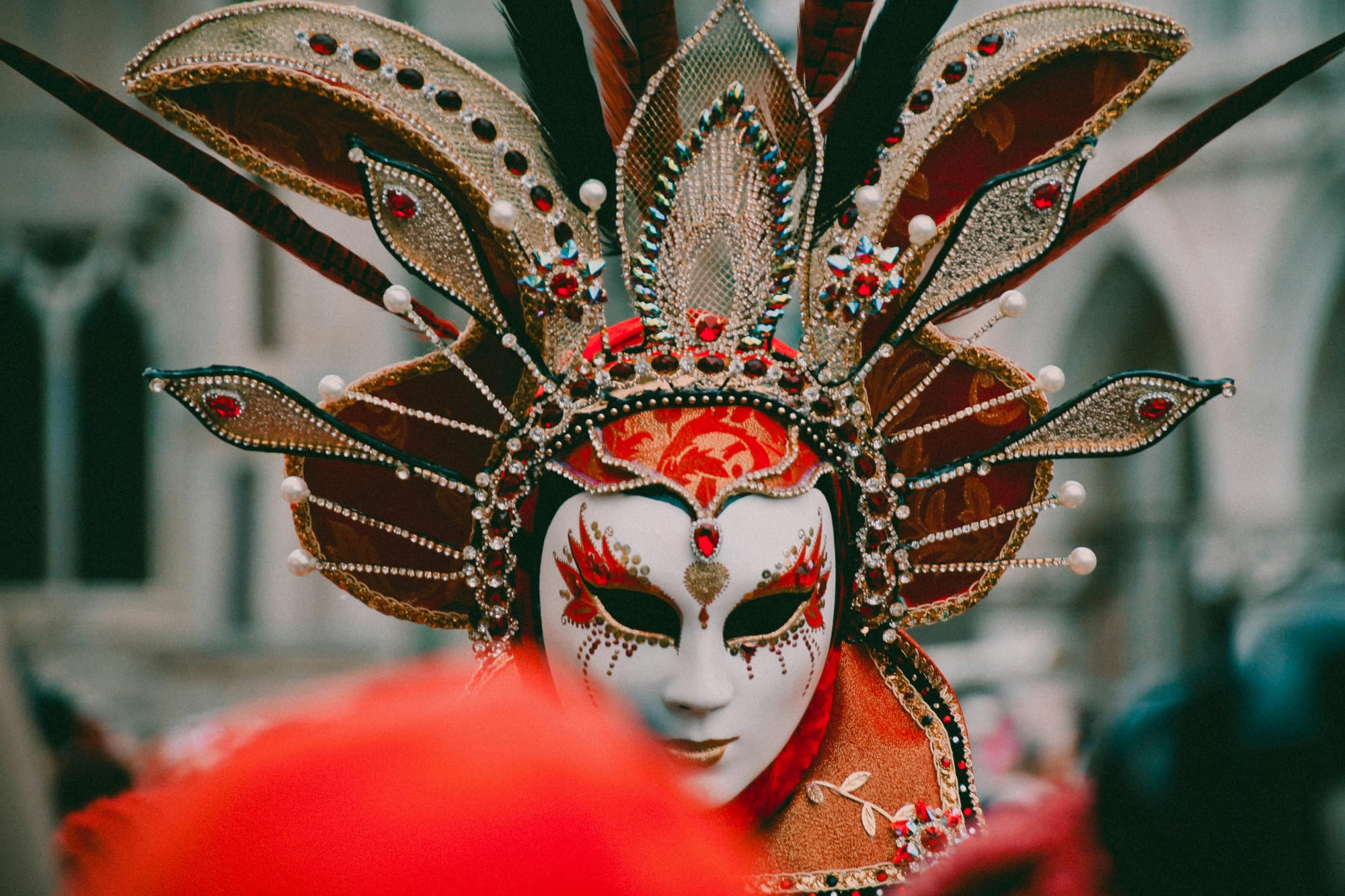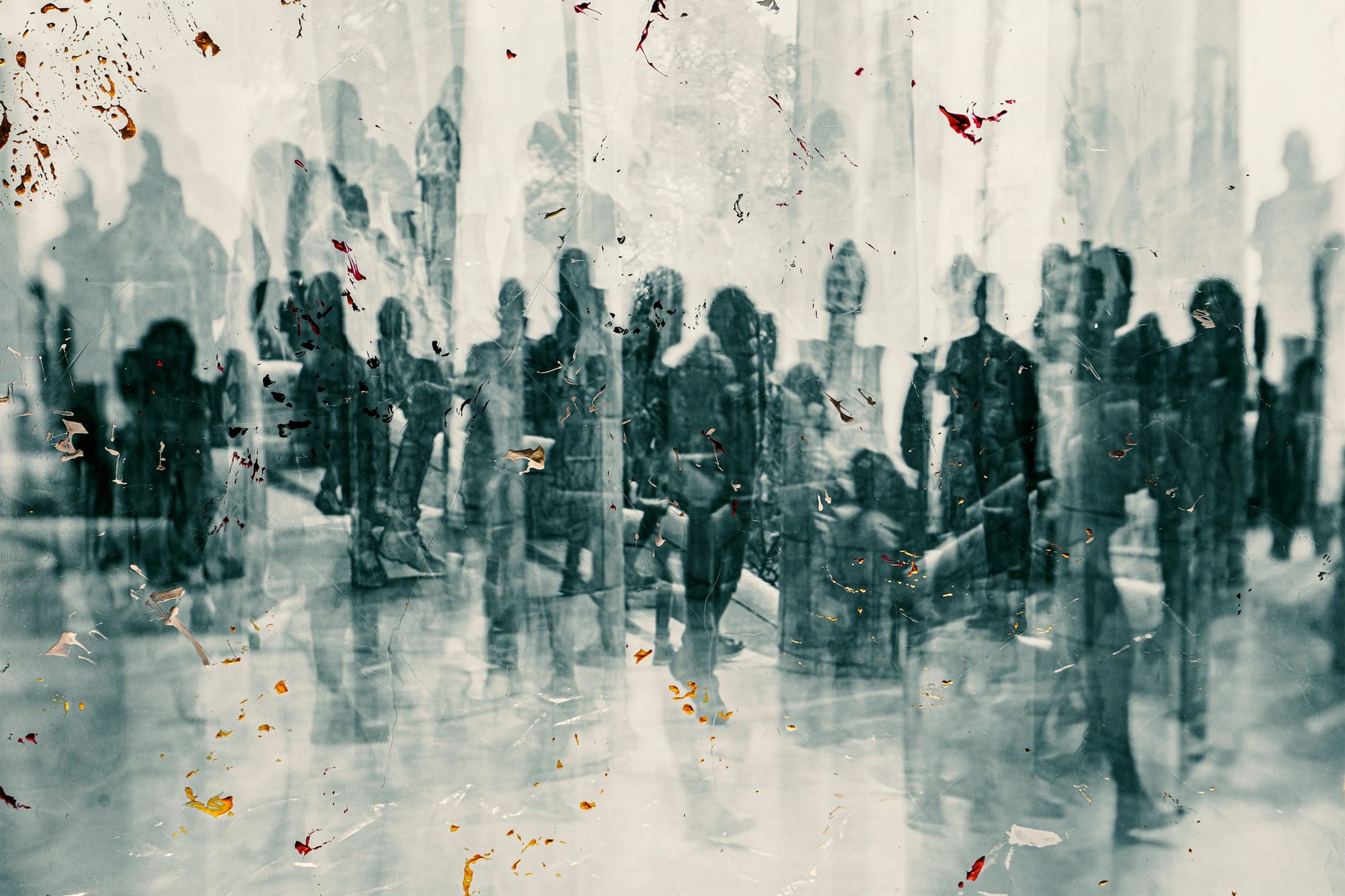What does it mean to be authentic?
Authenticity I. The Persona according to Carl Jung.

Authenticity I. The Persona according to Carl Jung.
Reviewed by Andrea Amaral
We’ve all heard it: “Just be yourself.” But what does that even mean?
Isn’t it confusing to be told we’re all unique and should embrace our true selves, while also being expected to behave, perform, and fit into all kinds of roles—at work, with family, in relationships? Can we even know who we are beneath all that?
These are not new questions. They were at the heart of Carl Jung's work, one of the most influential thinkers in the field of psychology. In the early 1900s, Jung introduced the concept of the psyche, which refers to the totality of our mind. For Jung, the psyche includes both the parts we’re aware of (our conscious mind) and the vast, hidden parts we’re not (our unconscious).
At the center of our conscious mind is the ego. It’s what we think of as “me”—the part that makes decisions, manages daily life, and responds to the world. But the ego is limited. It sees only what’s on the surface. That’s why Jung believed that becoming truly authentic requires us to go deeper into the unconscious.
To function in society, our ego develops something Jung called the Persona. The Persona is like a mask—or often, many masks—we wear to adapt to different social situations. Think of it as the version of yourself you bring to work, or a first date, or to a family dinner. It helps you fit in, be accepted, and play the part expected of you, and that’s not necessarily a bad thing. A therapist, for example, might need to put aside their personal feelings and present a calm, supportive presence even when facing anger before a situation. A leader may need to appear confident even when they are unsure. The Persona helps us navigate social life. It's a translator between who we are inside and what the world expects of us. The Persona usually begins to take shape in childhood. It forms as we pick up on which parts of ourselves are rewarded, accepted, or discouraged by parents, teachers, and peers. If vulnerability or anger were met with rejection, for example, we might’ve learned to tuck those parts away and replace them with more “acceptable” traits. This is where the mask starts.
But here’s where it gets tricky...
Over time, we can forget we’re wearing a mask. We start to believe the Persona is all there is, and that's when authenticity begins to slip away.
When we over-identify with our Persona, we might become the “Nice person,” the “Provider,” the “Achiever,” or the “Cool One,” without noticing that these roles no longer reflect who we are or what we truly want. That’s when we begin to feel empty, restless, or disconnected, even if things look “fine” on the outside. Since we’ve invested so much in these roles, we often feel the need to protect them, sometimes even unconsciously. This can show up as defensiveness when someone challenges our image or discomfort when situations require us to act outside the script. The more attached we are to the Persona, the harder it becomes to sense what's beneath it.
Over time, these socially accepted identities can become psychological prisons. Archetypes—like the Hero or the Outcast—shape how we perform our roles, often unconsciously. These patterns are evident in myths and stories, as well as in our day-to-day behaviors, nudging us toward what feels safe, admired, or expected. A man who has built his Persona around being the confident leader, for example, might feel deep shame when he doesn’t have the answers. Instead of allowing space for doubt or vulnerability, he tightens the mask and, in doing so, drifts further from his inner life.
The path to realness, according to Jung
So, how do we reconnect with our authentic selves?

Jung believed that the key lies in facing our unconscious, the part of us that holds the thoughts, feelings, and memories we’ve ignored, repressed, or never examined. He divided the unconscious into two layers:
- The personal unconscious: made of forgotten memories, hidden emotions, and repressed parts of ourselves.
- The collective unconscious: deeper still, this layer holds universal patterns of emotion, thought, and behavior, what Jung called archetypes. These aren’t memories or ideas, but more like inner blueprints for how we experience life. Archetypes such as the Hero, Mother, or Outcast shape our stories, roles, and even our emotional instincts, often without us realizing it.
Understanding our Persona is just the first step. To be authentic, we need to undergo a process Jung called individuation.
What is individuation?
Individuation is the process of becoming whole. It's not about fixing yourself or becoming some ideal version of who you think you should be. It's about discovering and accepting who you already are beneath the roles, expectations, and inherited stories.

Jung believed that most people live in a fragmented way. We show certain parts of ourselves to the world (usually the parts we’ve learned are safe or “acceptable”) and push everything else into the shadows. Individuation is about bringing those hidden parts back into the light—not to be judged, but to be understood, integrated, and accepted.
This journey isn’t mystical; it’s deeply psychological. It requires looking at your own life with honesty and curiosity, and asking:
- What parts of me have I hidden?
- What roles am I playing that no longer fit?
- What feelings do I push away?
- What do I long for that I’ve never admitted to myself?
To guide this journey, Jung identified four key archetypes that each of us must face and integrate:
- The Persona – the mask we wear to function in society (what we explored above).
- The Shadow – the parts of ourselves we’ve rejected or disowned (coming next).
- The Anima/Animus – our inner emotional or relational side that is often underdeveloped or misunderstood.
- The Self – the integrated, balanced version of us that holds all these parts together in harmony.
We’ll dive into each of these in the coming articles. But for now, it’s important to understand that authenticity isn’t a personality trait; it’s a result of this lifelong process. You don’t wake up one day feeling fully “yourself.” You become more authentic by facing the parts of you that you’ve left behind and learning to bring them into your everyday life.
Where do we start?
"Individuation is the art of learning when to wear the mask and when to take it off."
The individuation process begins with awareness. Start by noticing. Notice when you’re performing a role. Notice when something feels “off” inside, even though you’re doing everything “right.” Notice when you’re silent, even though something in you wants to speak. These small moments are invitations, not to reject your Persona, but to look underneath it.
As Jung emphasized, the Persona has a purpose. We need it to relate to others, to work, to be present in the world. Authenticity isn’t about tearing off the mask and shouting “this is the real me!” at everyone we meet. It’s about becoming aware of the mask and ensuring it’s not the only thing we know.
Only what is really oneself has the power to heal.
Healing doesn’t happen through pretending or pleasing, it happens when we stop performing and start listening, offering the parts of ourselves we’ve silenced the chance to speak. It’s in those moments that something shifts. We stop feeling like we’re drifting through life. We begin to feel grounded, seen, and real.

Jung wasn’t alone in believing that authenticity holds the key to healing. If you’re curious to hear more about this connection, I highly recommend watching this short video from Dr. Gabor Maté, renowned physician and trauma expert, who explains how being true to yourself is not just a luxury, but a necessity for emotional health:
Video embedded from YouTube. EnhanceMe does not claim ownership.
We’ll continue this series in the following article, where we delve into one of the most challenging and transformative aspects of the psyche: the Shadow.
Talk soon, take care.
[Note: We capitalize terms like Persona, Shadow, Anima/Animus, and Self because Jung used these words to refer to specific, symbolic forces or characters in the psyche. Meanwhile, terms like “ego” and “unconscious” are used more descriptively, which is why they remain lowercase in this article.]
Sources:
Psychology of the Unconscious, Carl Jung https://en.wikipedia.org/wiki/Psychology_of_the_Unconscious
The Archetypes and the Collective Unconscious, Carl Jung
https://www.goodreads.com/book/show/67890.The_Archetypes_and_the_Collective_Unconscious
The Relations Between the Ego and the Unconscious
https://www.goodreads.com/book/show/17796325-the-relations-between-the-ego-and-the-unconscious
